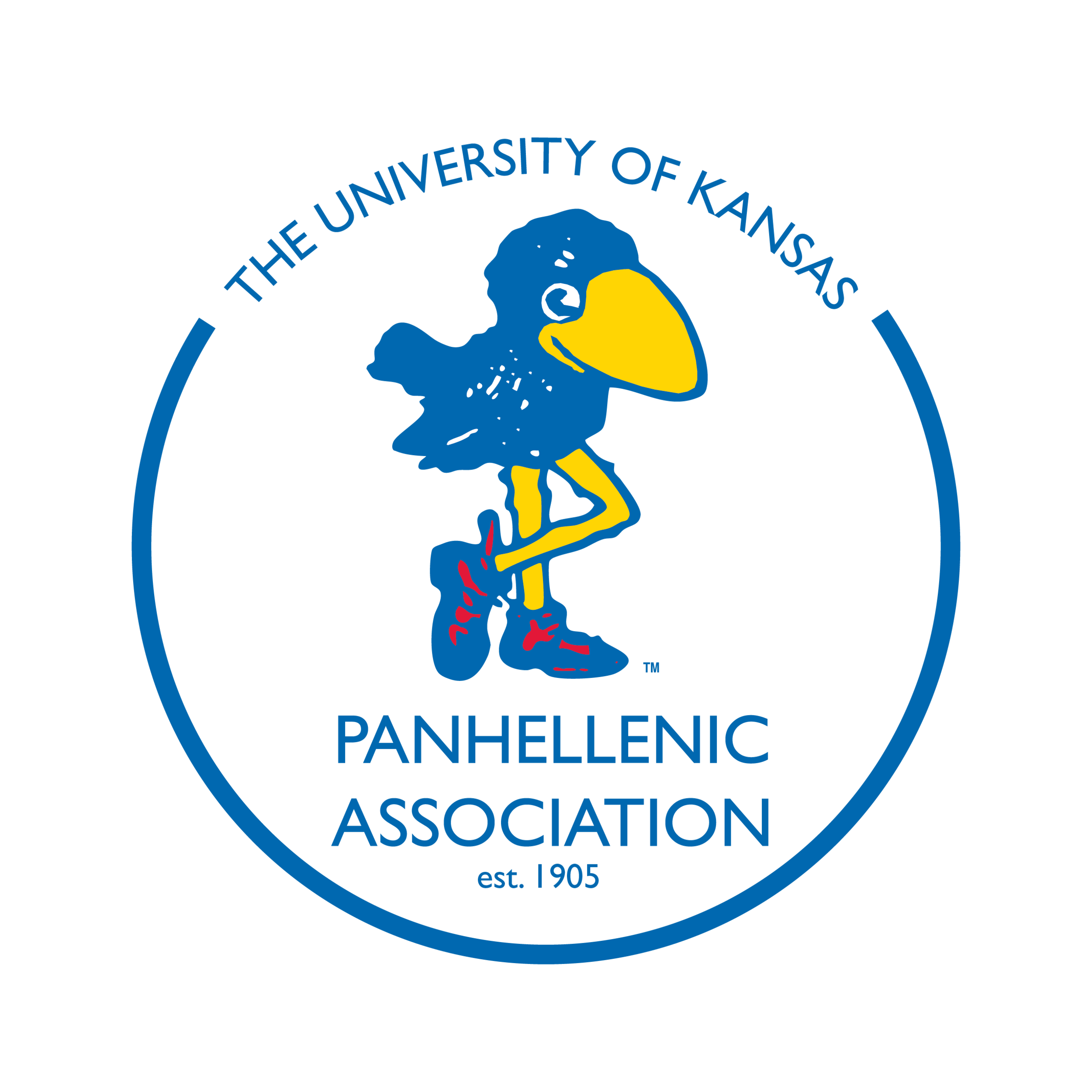Sexual Assault Awareness
Content Warning: Sexual Violence
*This post is written in honor of April’s Sexual Assault Awareness Month
I am a survivor of SA. I was date-r***d when I was 16 years old. At that time I carried a lot of shame with me because I blamed myself. In the first month, I only told three people–my therapist, my doctor, and my sister who had to drive me to the doctor. I was not only traumatized by the actual event, but also by the STI and pregnancy testing, having to tell my parents who had to pay the doctor’s bill, and talking to detectives. To this day, I’m not sure if I actually talked to detectives or if my therapist just relayed the information to me. I don’t remember a lot from this time because I’ve blocked so much out, but I do remember knowing the main detective of the case said it was “just a misunderstanding,” and I was “lucky worse didn’t happen.” Hearing this made me blame myself even more for the incident. However, through a lot of cognitive-behavior therapy and eye movement desensitization and reprocessing therapy (EMDR), I learned how to live with my PTSD and heal. I had to accept the gnawing feeling that I was the 1 in 5 women. I became very outspoken about SA and consent. I opened up to my friends about what had happened to me. I felt like I had finally moved past this dark event that for so long held me back from living.
That was until last September when I was SA’d on campus. I couldn’t help but blame myself again. I mean, this was my second time getting assaulted, and I’m not even old enough to rent a car. I thought back to the detective’s words that cut me so deep years earlier. Maybe it was a misunderstanding. Maybe he couldn’t hear me crying and begging him to stop. Maybe it was just all in my head. The next day I called my doctor from home who had helped me so much through my first assault. I explained to her what had happened and asked her if it was just a misunderstanding. That would have been so easy, right? If it was my fault, and I didn’t have to go through this all again. But she confirmed that I had been SA’d, and I knew everything I had to do. I went to the doctor to be examined, I got STI and pregnancy testing, I was connected with the CARE Coordinator Merrill Evans, and I went to therapy twice a week. I was putting in the work, so I didn’t have to have this heavy weight on me that I did for so many years before. I was feeling empowered by my support system.
However, then all I started hearing about was SA. A rumor started spreading that a young woman had been SA’d on campus the same night as me. It felt like everyone around me could not stop talking about it and wondering if it was true. I remember looking on Yik Yak and seeing people say they didn’t believe her. It’s impossible not to doubt your own trauma when you see people doubt women who claim they experienced the exact same thing as you. I wished that I could shut out all of the daily conversation about the SA on campus. I already had to work through what I experienced that night. I knew I’d panic if I attended the protests, but when I told people I wouldn’t be going, I became the bad guy. I wasn’t supporting survivors, and I should be standing up for women. I almost felt pressured to tell them what I endured just a couple weeks ago, but I felt I didn’t owe them anything. Merrill taught me that my choice is the right choice, and no one can take that away from me. So, I distanced myself from the protests and discussions surrounding SA in order to heal.
We have to remember that the survivor’s choice is the right choice. Their choice to report or not report is the right one. Their choice to tell or not tell their loved ones is the right choice. It’s cliche, but you truly do not know what other people, even your friends, can be going through. We just have to keep moving and supporting each other one day at a time.
Resources:
https://sapec.ku.edu/resources
https://movetoendviolence.org/
https://www.npcwomen.org/wp-content/uploads/sites/2037/2017/10/SA-Awareness-Toolkit.pdf

